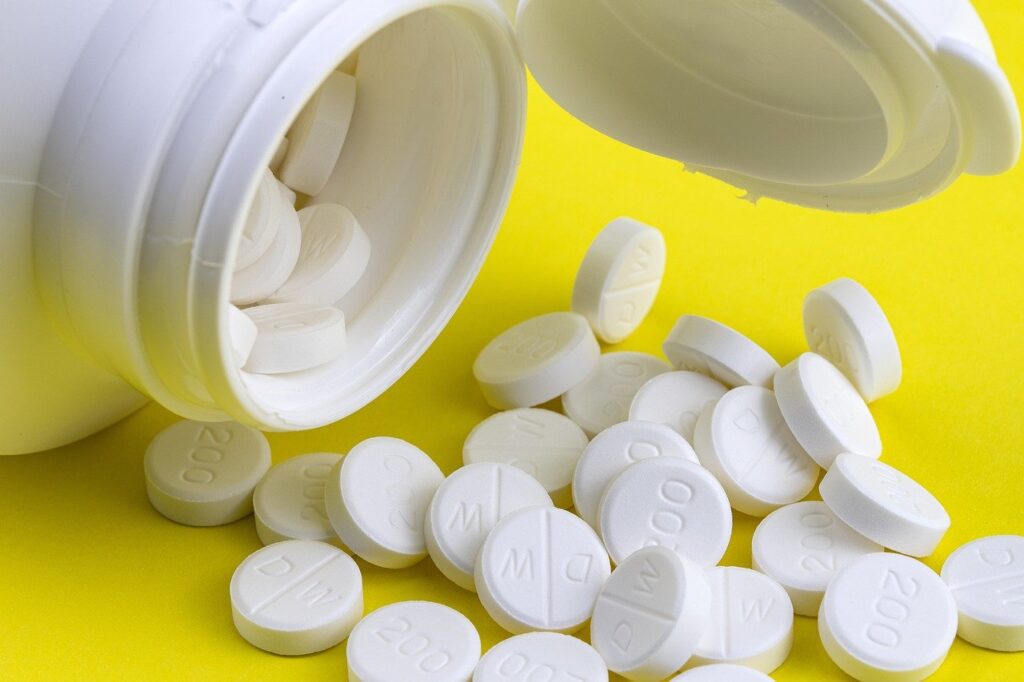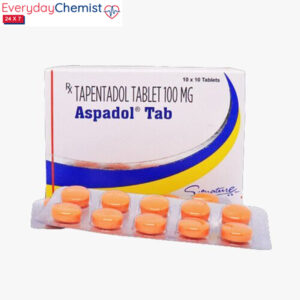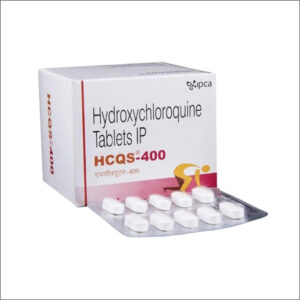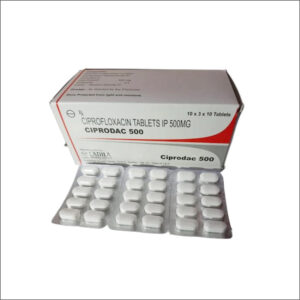Drug Intermediates and Raw Materials
Drug intermediates and raw materials are foundational components in the pharmaceutical manufacturing process. They form the essential building blocks from which active pharmaceutical ingredients (APIs) and, ultimately, finished drug products are developed. Understanding these components is crucial to grasping how modern pharmaceuticals are created, the complexity of their production, and the global nature of the pharmaceutical supply chain.
What Are Drug Intermediates?
Drug intermediates are chemical compounds that serve as the precursors in the synthesis of active pharmaceutical ingredients (APIs). During the multi-step production of a drug, intermediates are the substances formed at various stages before the final API is produced. While intermediates themselves do not have therapeutic effects, they are indispensable to the pharmaceutical manufacturing process.
There are two main types of intermediates:
Key Starting Materials (KSMs): These are the essential raw materials used at the beginning of the synthesis process. KSMs are usually simple chemical substances, often produced in bulk by the chemical industry.
Advanced Intermediates: These are compounds synthesized from KSMs and represent intermediate stages in the chemical pathway leading to the API. They often require specific reactions and purification processes.
The production of intermediates involves complex chemical reactions, and their quality and consistency directly impact the efficacy and safety of the final pharmaceutical product. These compounds are usually manufactured under stringent conditions, often adhering to Good Manufacturing Practices (GMP) to ensure regulatory compliance and product quality.
What Are Raw Materials?
Raw materials in pharmaceuticals refer to the basic substances used to initiate the drug manufacturing process. These include:
Chemical Raw Materials: Such as solvents, acids, bases, and reagents used in chemical synthesis.
Biological Raw Materials: Including cells, cultures, and biological extracts used in the production of biopharmaceuticals.
Natural Raw Materials: Derived from plants, minerals, or animals, used in both traditional and modern medicines.
Raw materials serve multiple purposes, such as acting as catalysts in reactions, forming the structural backbone of drug molecules, or supporting the formulation of drugs through excipients (non-active ingredients like binders, fillers, and stabilizers).
Importance in the Pharmaceutical Supply Chain
The quality and availability of drug intermediates and raw materials are critical to the efficiency and integrity of pharmaceutical manufacturing. If the raw materials are substandard, contaminated, or inconsistent, they can compromise the safety and efficacy of the final drug, leading to regulatory recalls and health risks.
Global pharmaceutical supply chains depend heavily on the reliable sourcing of these materials. Countries like India and China are major producers of drug intermediates and raw materials, supplying to pharmaceutical companies worldwide. This interdependence emphasizes the importance of quality assurance and regulatory oversight across borders.

Regulatory and Quality Considerations
Drug intermediates and raw materials must meet strict quality specifications. Regulatory bodies like the U.S. FDA, European Medicines Agency (EMA), and other national agencies enforce standards for:
Purity and potency
Identity testing
Residual solvents
Microbial limits
Traceability and documentation
Suppliers of these materials are typically audited and certified to ensure compliance with regulatory requirements, such as Good Manufacturing Practices (GMP) and International Council for Harmonisation (ICH) guidelines.
Challenges and Trends
There are several challenges in sourcing and handling drug intermediates and raw materials:
Supply Chain Disruptions: Geopolitical tensions, pandemics, or trade restrictions can severely affect the availability of essential inputs.
Quality Control: Ensuring consistent quality across batches and suppliers requires rigorous testing and quality management systems.
Environmental and Safety Regulations: The production of intermediates often involves hazardous chemicals, prompting increased regulatory scrutiny and demand for greener processes.
On the positive side, the industry is witnessing trends such as:
Green Chemistry and Sustainable Manufacturing: Emphasis on reducing waste and using environmentally friendly methods.
Digital Supply Chain Management: Enhancing traceability, forecasting, and inventory control through digital tools.
Localization of Supply Chains: To reduce dependency on specific regions and increase resilience.

Conclusion
Drug intermediates and raw materials are the unseen backbone of the pharmaceutical industry. They not only determine the quality and performance of the final drug product but also influence the efficiency, cost, and sustainability of the entire production process. As the pharmaceutical industry continues to grow and evolve, the importance of secure, high-quality, and sustainable sourcing of these foundational materials becomes increasingly paramount.
Our Products
-
Tapentadol 100MG
$2.00 / Per Pill
-
Hydroxychloroquine 400MG
$1.50 / Per Pill
-
Cipro 500MG
$1.00 / Per Pill






